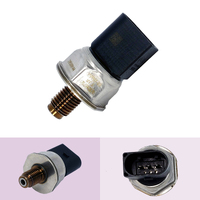
*OEM Quality* Fuel Pressure Sensor for MERCEDES C200 C220 E200 E220 CDI S204 W20
$127.97
What is a Fuel Rail Pressure Sensor?
A fuel rail pressure sensor, often abbreviated as FRPS, is a vital component of a vehicle's fuel system. Its primary function is to measure the pressure of the fuel inside the fuel rail, which is a pipe that delivers fuel to the engine's fuel injectors. This information is crucial for the engine control unit (ECU) to determine the optimal fuel injection timing and duration, ensuring proper combustion and engine performance.
Common Causes of Fuel Rail Pressure Sensor Failure:
Wear and Tear: Like any other component, fuel rail pressure sensors can deteriorate over time due to normal wear and tear. Exposure to heat and engine vibrations can contribute to sensor degradation.
Contaminants: Contaminants in the fuel, such as dirt or debris, can accumulate in the sensor and affect its accuracy. This is more common in older vehicles or those with inadequate fuel filtration systems.
Electrical Issues: Wiring problems, corrosion, or poor electrical connections can disrupt the sensor's ability to transmit data to the ECU accurately.
Fuel Pressure Regulator Problems: If the fuel pressure regulator fails, it can cause fluctuations in fuel pressure, which can put extra strain on the fuel rail pressure sensor.
Symptoms of a Failing Fuel Rail Pressure Sensor: Detecting issues with the fuel rail pressure sensor early can prevent more significant problems down the road. Here are some common symptoms of a failing sensor:
Poor Fuel Efficiency: A drop in fuel efficiency is often an early indicator of a malfunctioning sensor. The ECU may struggle to maintain the optimal air-fuel ratio, leading to reduced miles per gallon (MPG).
Engine Misfires: A malfunctioning sensor can cause erratic fuel delivery, leading to engine misfires, rough idling, or poor acceleration.
Warning Lights: The check engine light (CEL) may illuminate on your dashboard. This is a signal that the ECU has detected a problem in the fuel system, including potential issues with the fuel rail pressure sensor.
Stalling or Hard Starting: In severe cases, a failing sensor can lead to stalling or difficulty starting the engine, as it may not receive accurate pressure readings.
Lack of Power: Your vehicle may feel sluggish or lack power during acceleration due to incorrect fuel pressure readings.
In conclusion, understanding fuel rail pressure sensors and their potential issues is essential for maintaining your vehicle's performance and preventing costly repairs. Regular maintenance and prompt attention to symptoms can help ensure your fuel system functions optimally.
If you suspect a problem with your fuel rail pressure sensor, it's advisable to consult a qualified mechanic for diagnosis and repair. Addressing the issue promptly can save you both time and money in the long run, keeping your vehicle running smoothly and efficiently.
Here are some tips for preventing fuel rail pressure sensor failure:
If you are unsure about how to maintain your vehicle's fuel system, consult your owner's manual or a qualified mechanic.

*OEM Quality* Fuel Pressure Sensor for MERCEDES C200 C220 E200 E220 CDI S204 W20
$127.97
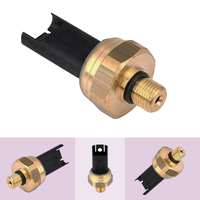
*OEM Quality* Low Pressure Fuel Sensor for BMW E82 E9X E60 F10 F02 E70 E71 13539
$109.98
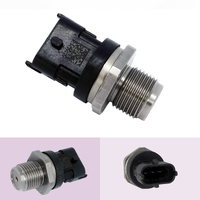
*OEM Quality Fuel RAIL Pressure Sensor for Ford Ranger PJ PK Everest Mazda BT-50
$237.97
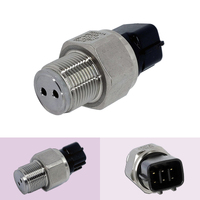
*OEM Quality* Fuel Pressure Sensor for DYNA KDY231R KDY221 KDY241 KDY281 TRUCKS
$217.97
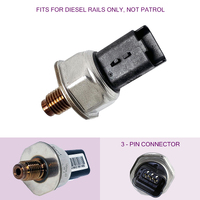
*OEM Quality* Fuel Pressure Sensor for Ford FOCUS LT LV LW FIESTA ESCAPE KUGA Di
$183.97
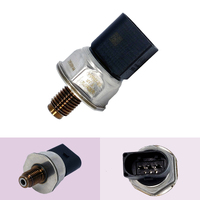
*OEM Quality* Fuel Pressure Sensor for Ford RANGER PX 2.2L DIESEL CHECK THREAD S
$107.97
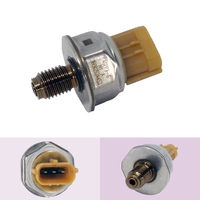
*OEM Quality* Fuel Pressure Sensor for Ford Transit VM 2.2L 2.4L manual Diesel V
$157.97
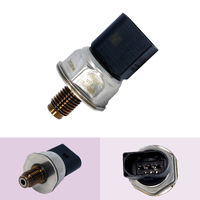
*OEM Quality* Fuel Pressure Sensor for KIA CARNIVAL / GRAND CARNIVAL K2900 2.9L
$107.97
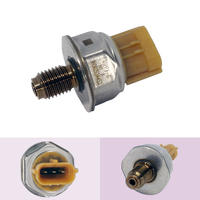
*OEM Quality* Fuel Pressure Sensor for Land Rover Defender 2.4L L316 PUMA 2006-o
$157.97
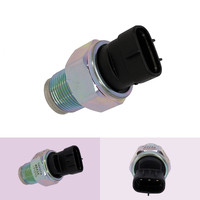
*OEM Quality* Fuel Pressure Sensor for LANDCRUISER PRADO KDJ120 KDJ150 1KD-FTV D
$319.97
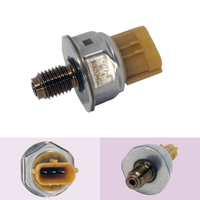
*OEM Quality* Fuel Pressure Sensor for Mitsubishi Pajero NS NT 3.2L 4M41 Diesel
$157.97
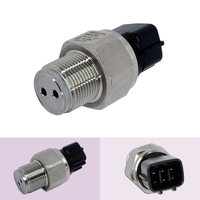
*OEM Quality* Fuel Pressure Sensor for Toyota HiAce KDH 1KDFTV 3.0L DIESEL
$217.97
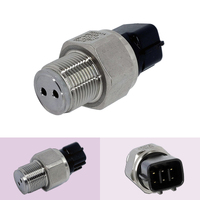
*OEM Quality* Fuel Pressure Sensor for Toyota HILUX KUN16 KUN26 1KDFTV 3.0L DIES
$217.97
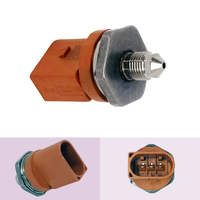
*OEM Quality* Fuel RAIL Pressure Sensor fits Bentley Continental Flying Spur 4.0
$199.00
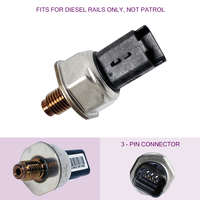
*OEM Quality* Fuel RAIL Pressure Sensor for Ford MONDEO MA MB MC 2.0 TDCi Diesel
$183.97
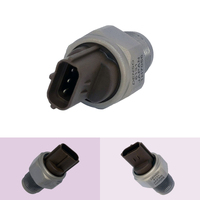
*OEM Quality* Fuel RAIL Pressure Sensor for ISUZU D-MAX 3.0L 4JJ1 DIESEL
$347.97
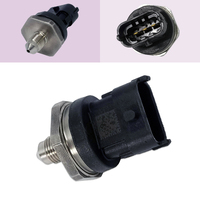
*OEM Quality* Fuel RAIL Pressure Sensor for MAZDA CX-7 MAZDA 3 MAZDA 6 L3-VDT 2.
$122.97
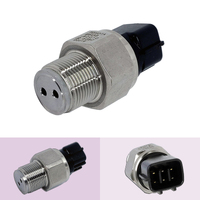
*OEM Quality* Fuel RAIL Pressure Sensor for Toyota Hino HiAce Hilux Prado 1KDFTV
$217.97
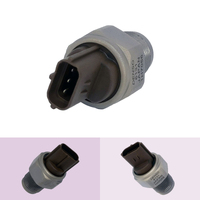
*OEM Quality* RAIL Pressure Sensor for Holden RODEO COLORADO 3.0L 4JJ1 DIESEL
$347.97
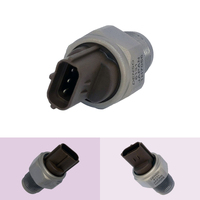
*Quality* Fuel Pressure Sensor for Nissan NAVARA D40 PATHFINDER R51 2.5L YD25DDT
$347.97
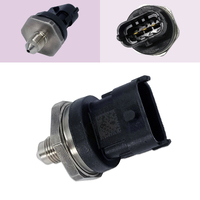
Fuel Pressure Sensor for ALFA ROMEO FIAT Ford Holden OE 55192238 0261545074
$122.97
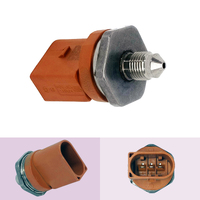
Fuel Pressure Sensor for Audi VW A3 A4 A6 A8 Q5 TT Golf Jetta Passat T5 1.8 2.0
$109.97
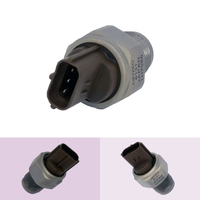
Fuel Pressure Sensor for HITACHI Nissan Isuzu Holden EXCAVATOR TRUCK MACHINERY C
$347.97